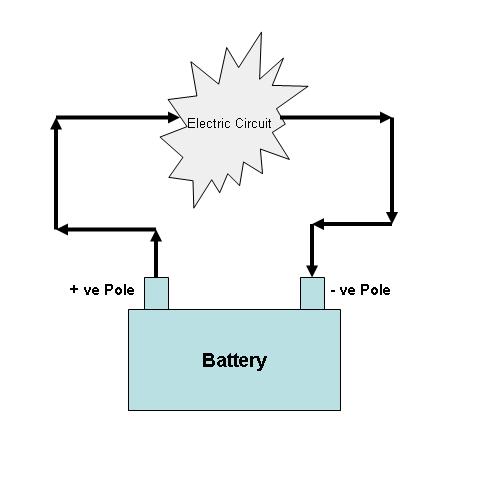Lesson 5 - What is God? - Yogic Perspective
Any practitioner of Yoga should know the Yogic perspective of God. The God is
referred by many names such as Bramhan, Atman, Shiva and so on. Though the names
are many the underlying principal remains the same. In
Lesson 1 it was mentioned
that the final aim of Yoga is self-realization and self-realization is same as
God realization. Now we will elaborate on this fact further so as to have clear
understanding of Yogic point of view on the subject.
The Yoga philosophy is largely based on Samkhya philosophy. The Samkhya
philosophy says that this material world is result of the union of Purusha
(soul) and Prakrati (nature). The Prakrati affects everything with its three
fold qualities or gunas - Tamas, Rajas and Sattwa. However, Samkhya philosophy
do not accept existence of God. Yoga on the other hand accepts the concept of
God. Yoga says that the God is nothing but a special form of Purusha that is
free from all the limitations that the ordinary Purusha has. This also means
that we all are "small" form of God. We are bound by the laws of nature whereas
God is not. If we learn to expand our consciousness then we can unite with Him.
That is what self-realization is all about.
As per Yogis the God is a soul that is free from the "Law of Karma". The law
of Karma is often referred as the law of cause and effect. It states that when
you perform any Karma (cause) you are bound by its results (effect). Your Karmas
are in turn can be Tamasic, Rajasic or Sattvic. If you do Tamasic Karmas then
the results will be Tamasic. Similarly results of Rajasic and Sattvic Karmas are
Rajasic and Sattvic respectively. To explain in simple words the law of Karma
acts like a battery. See the figure below:

As you can see current emerges from the positive pole, crosses the complete
electrical circuit and then comes back to the negative pole. The same thing
happens with Karma. Whatever Karma emerges from you ultimately comes back to you
again. If you perform good Karma the same good Karma will come back to you in
some or the other form. Similarly, if you do bad Karma then it will haunt you
back. That is why all the religions advice you to do good or Sattvic Karmas. We
all are bound by this law of Karma. The God on the other hand is free from this
law. Since the God is free from the law of Karma He is also free from pain and
afflictions. Yogis also treat God as the ultimate Guru not limited by time
dimension.
We always identify an object with a word. For example, when we say word
"lotus", we are referring to a specific type of flower. Almost all the things
that we know have some equivalent word referring them. We can not visualize or
understand things unless we know their name. If you wish to visualize lotus then
you mentally say lotus and its image appears in front of your eyes. Similarly, in Yoga even
God has a word that expresses Him. That word is Om or Pranava. The Sanskrit
letter Om is written as shown below:

The word Om consists of three letters - A, U and M.
The sound
A represents the waking state; the sound U represents the dream state, and the
sound M represents the deep sleep state. Thus Om is encompassing and beyond
these three states. In order to understand and realize
God one must chant Om mentally. Just chanting is not sufficient. One must
meditate on the meaning of the word Om. Practice this meditation regularly and
your consciousness will expand.
May the Peace be with you.
Bipin Joshi is an independent software consultant and trainer by profession specializing in Microsoft web development technologies. Having embraced the Yoga way of life he is also a yoga mentor, meditation teacher, and spiritual guide to his students. He is a prolific author and writes regularly about software development and yoga on his websites. He is programming, meditating, writing, and teaching for over 27 years. To read more about him go here. More details about his Kriya and Meditation online course are available here.